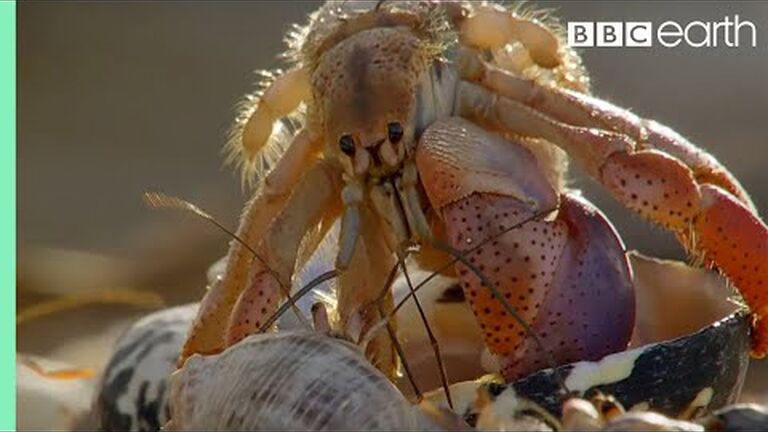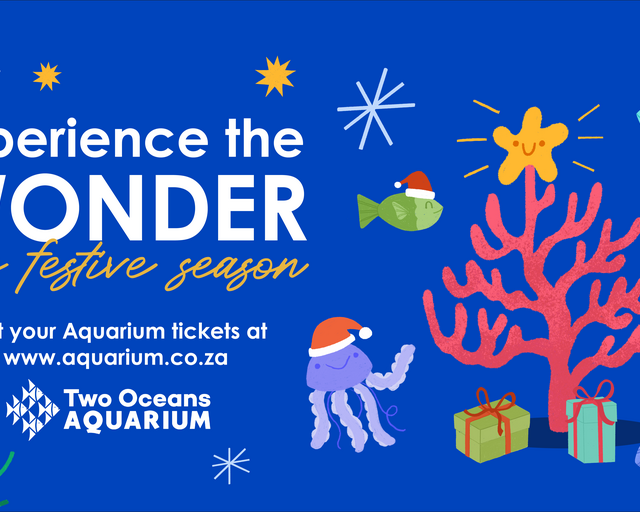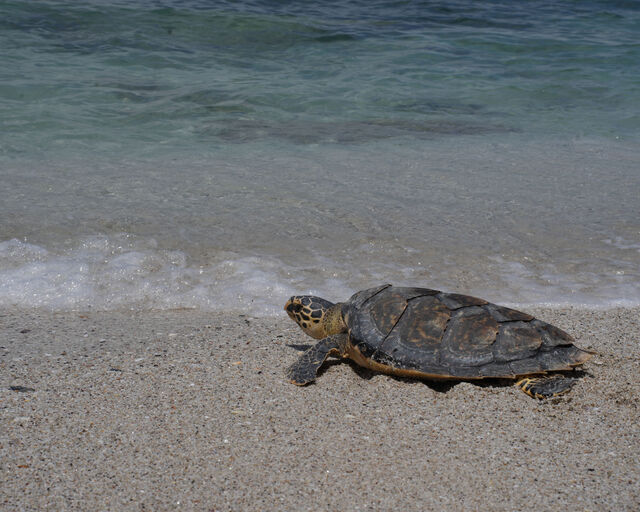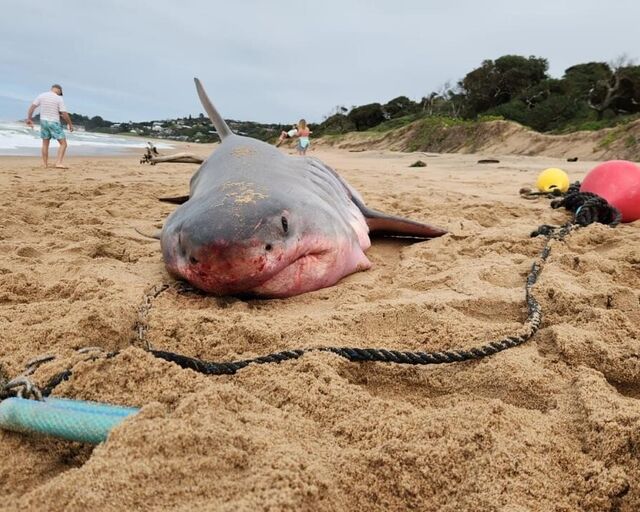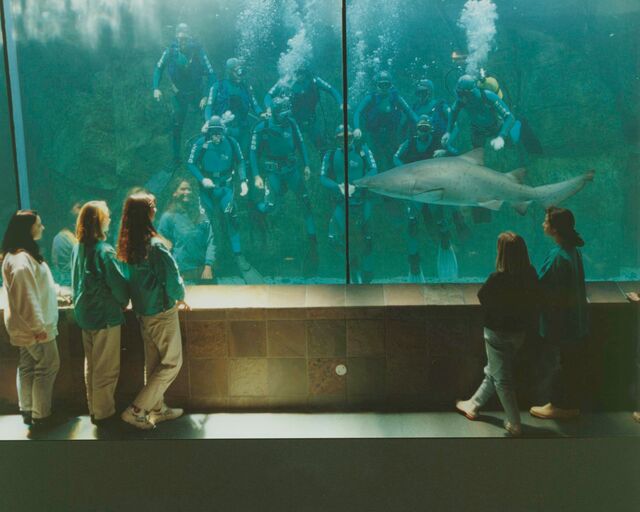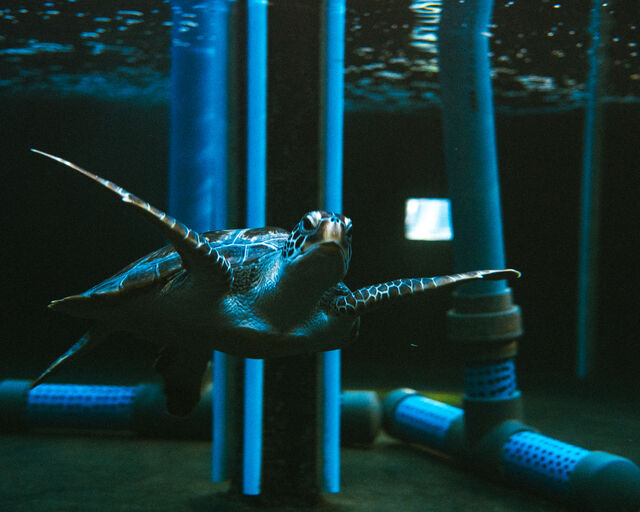This is an unusual time for many of us as we remain in our homes, taking refuge from the outside world and the dreaded coronavirus. Some are finding the home-stay easy, being comfortable with their surroundings, while others are quickly feeling the ever-dreaded “cabin fever”, a hankering for something else, something outside.
Remember - take the Marine Masterminds quiz at the end of this blog to add your name to the leaderboard.
Eventually, we will all experience this. And eventually, we will be able to satisfy our longing for something other than the four walls that surround us, when it is once again safe to venture out. In the meantime, we stay put and we learn from this experience. For some animals in the marine environment- “home” is, more often than not, a loosely defined term.
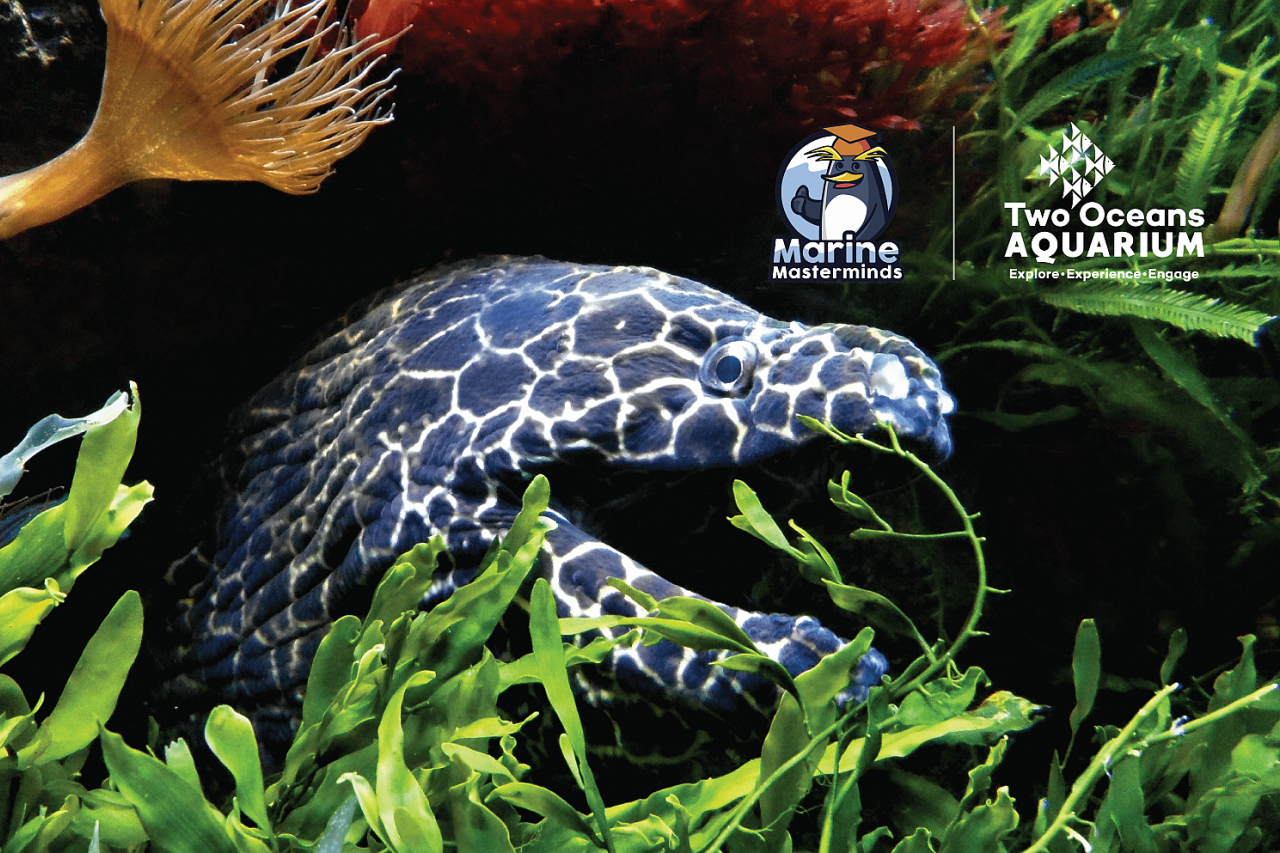
When a crab is not a crab: Mobile homes and other strange coverings
When we think of a crab with its own home, we immediately think about hermit crabs. You know, the ones scuttling along the shore lugging their bum-with-shell around. Hermit crabs dart in and out of the surf, picking up little bits of food, and when they themselves are picked up, they quickly retreat into their shells, covering the opening with their legs and pincers.
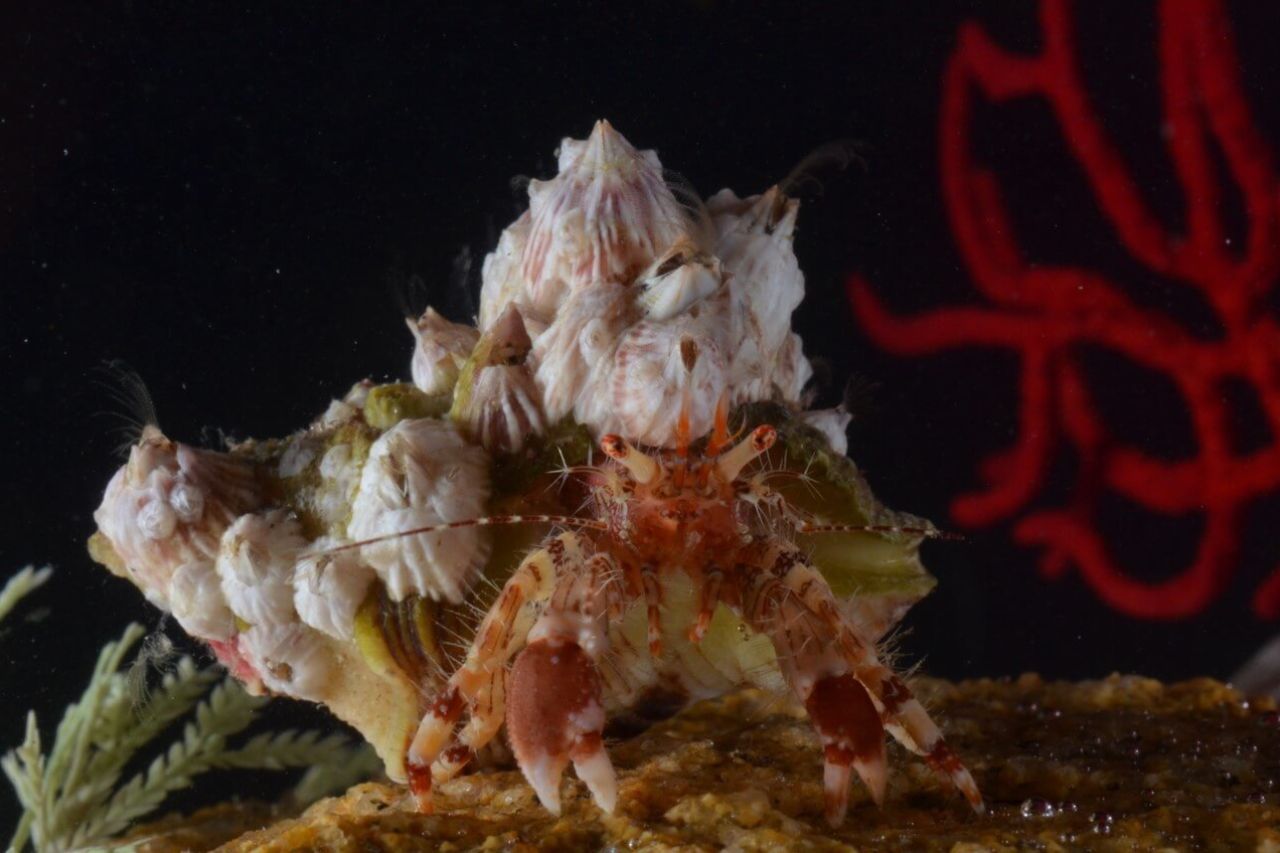
Although they are called hermits, these crabs are anything but loners and live in colonies of 100 or more. Sometimes they sleep piled up together and sometimes they even work together to find food. Also, they aren’t true crabs, but are more closely related to squat lobsters and porcelain crabs than they are to true crabs. As hermit crabs grow, they need to change shells to accommodate their larger size.
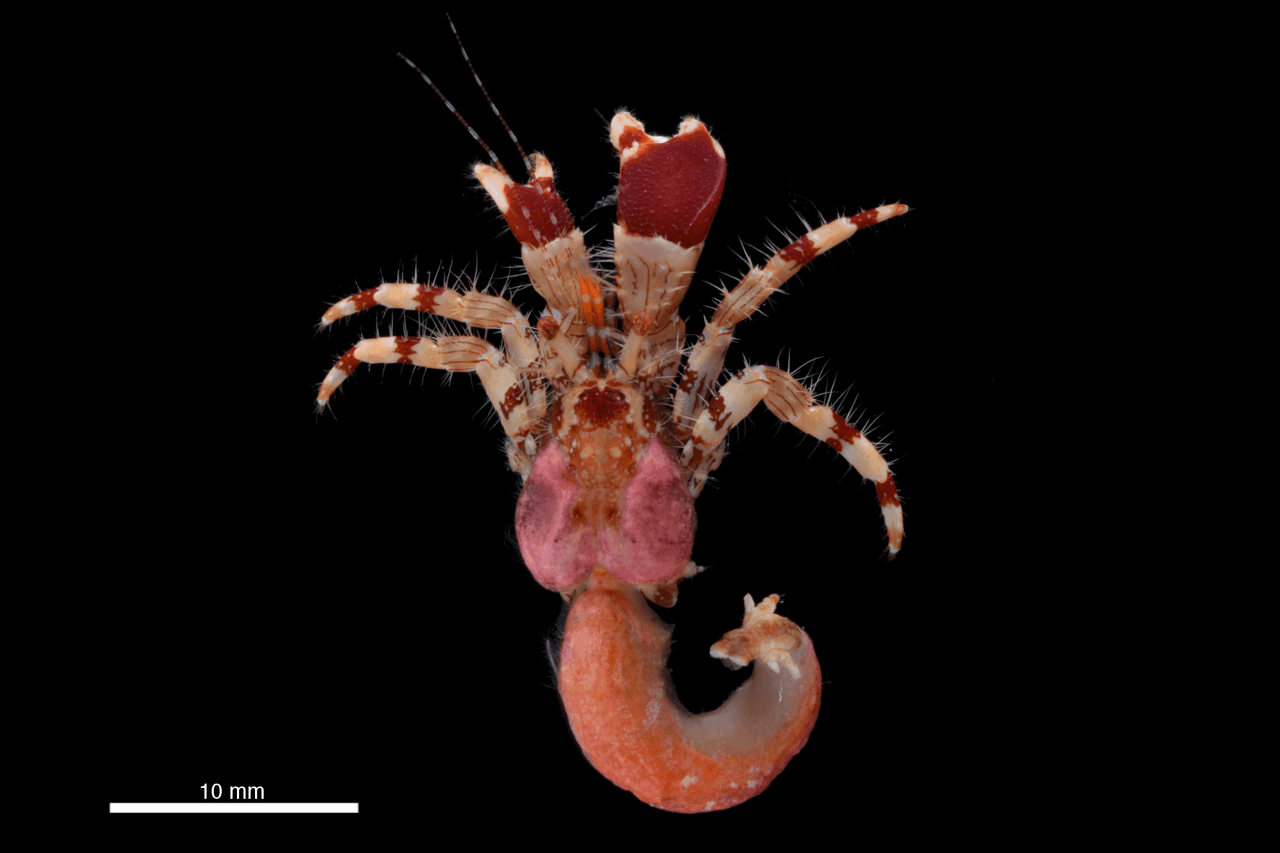
Some will fight and even kill rivals for the perfect shell, but more often than not, the crabs line up in a row – largest to smallest, and as the larger crabs swap out their shells for bigger models, they pass their old shells on to the next crab in line. It is a bit like you receiving clothes from your older siblings, but instead of calling it a “hand-me-down”, it has the fancy name of a “vacancy chain”.
Another crab that isn’t a crab is the horseshoe crab. These crabs are more closely related to spiders and scorpions than they are to crabs. These animals are living fossils. Their tank-like design has remained unchanged for at least 445 million years! Technically, they also carry their homes with them, as their exoskeletons are hard and unyielding, except at their tails, where these remarkable animals have a perfect hinge. Yes, they can fold their tails under their bodies. Unlike hermit crabs that have to keep finding new shells to move into as they grow, horseshoe crabs moult out of their old exoskeleton as they grow. They do this 16 or 17 times before reaching adulthood.
Caves and crevices, nooks and crannies
What is an eel? Well, they are not snakes, and they don’t even pretend to be snakes. Eels are fish. Ray-finned fish to be exact. Moray eels are magnificently coloured and patterned animals. These eels use caves and crevices to hide from predators, but also to lie in wait for unsuspecting prey, like fish, octopuses and squid. Their serpent-like bodies allow them to wriggle into cracks in rocks and coral reefs, which has given rise to a cooperative hunting strategy with reef-associated roving coral groupers. These fish “recruit” giant morays to help them flush fish from cracks and crevices. It is a win-win situation, except for the prey…
Octopuses are fascinating animals. These alien-like animals are classified within the class Cephalopoda with squid, cuttlefish and nautiloids, but scientists have found that, perhaps, they are not so much alien-like, as just plain alien (but that is a story for another blog). Why would we look at octopuses when talking about marine animals and their homes? Well, octopus homes are hard to find, because octopuses have the incredible ability to completely blend into their environment. They wriggle into a comfortable opening in a rocky outcrop or find a crevice that will fit them nicely, and then they blend into their surroundings.
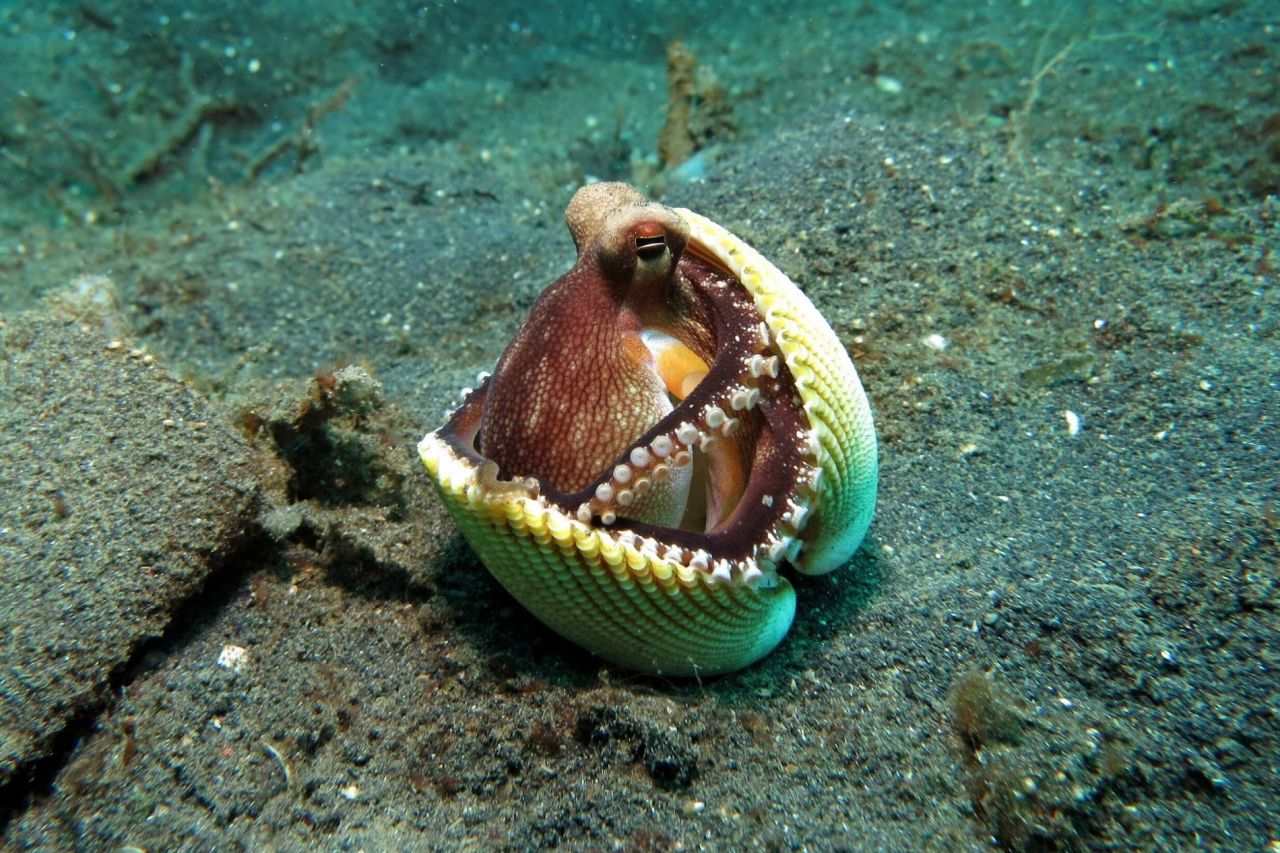
Not only that, but in 2012, scientists found that these solitary animals actually build cities. These “communes” consist of 15+ individuals that have built their dens from rocky outcrops and discarded piles of shells. So, on top of having three hearts, blue blood and being very, very clever, these solitary animals also congregate in areas and form communities. Perhaps a great example of our current “shelter in place”?
Tubes and tunnels
Like so many animals in the ocean, tube-dwelling anemones are not what they seem. They look very similar to sea anemones, but actually belong to an entirely different subclass of anthozoans, so technically, they are distant relatives of one another. Tube-dwelling anemones bury themselves into the soft ocean sediment, where they live inside their tubes. The anemones construct these tubes from mucus and threads that they secrete. The tube-dwelling anemones can completely withdraw into the tubes if they have to. There are even a couple of species of tube-dwelling anemones that aren’t attached to anything. They have gas bubbles at the end of their tubes, which allow them to float upside down at the surface of the water.
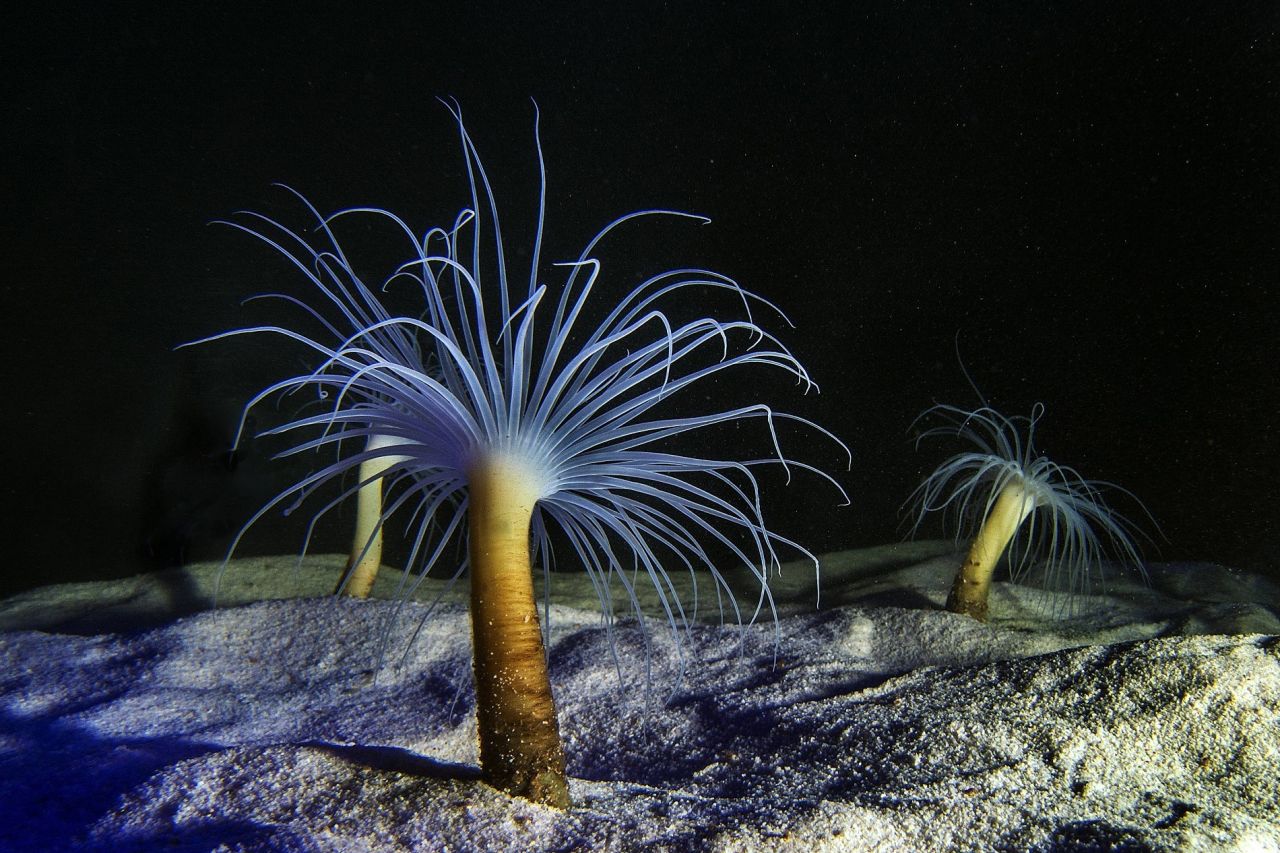
Polychaete worms (wonder worms) are indeed wondrous. To start off with - these guys are actually worms! They are segmented worms to be exact. Some polychaetes float through the ocean like plankton, some are scavengers and others are even filter feeders. But there are some that burrow into the substrate of the ocean floor. Polychaete means “many bristles”. The worms use their short, thin, paddle-like bristles that stick out from each of its segments, for digging and moving along their tunnels. Depending on the species, these worms can grow to three metres in length. Some of these worms are ferocious predators, hunting other worms and small animals. The species that burrow lie in wait for unsuspecting prey to come within striking distance.
Not all relationships are created equal
Sea cucumbers are not cucumbers. In the game of “animal”, “mineral”, “vegetable”, they definitely fall into the animal category. Their closest relatives are starfish and sea urchins. These strange cylindrical animals can grow to be fairly large – some species can grow up to three metres in length. And they have one hole on the one side of their bodies, where food goes in, and on the other side of their bodies, the leftovers come out. One hole, with two openings. It is in this hole that a fish called the pearlfish likes to make its home. The fish locates a sea cucumber and then inches itself bit by bit into the body of the cucumber. Some species of pearlfish use the sea cucumber for shelter, while others are completely parasitic and eat the host animal’s gonads. But living inside a sea cucumber isn’t all that safe as sea cucumbers produce saponins, which form the basis of their chemical defence. It seems that pearlfish have developed a special mucus coating to protect themselves against these toxic saponins.
The final strange and unusual animal we will cover is Cymothoa exigua, better known as the tongue-eating-louse. These parasitic isopods enter a fish’s body through its gills where they (all males) mature. Once mature, one male will change into a female. The female crawls into the fish’s mouth and attaches itself to the fish’s tongue. The much smaller male(s) remain in the gill chambers. The female holds onto the base of the tongue with her strong hind legs and bites into the tongue. She sucks out all the blood which eventually causes the tongue to die and fall off. She then assumes the duties of the fish’s absent tongue. The parasites live off fish mucus and the blood still left in the fish’s mouth. And then live… reproducing and everything!
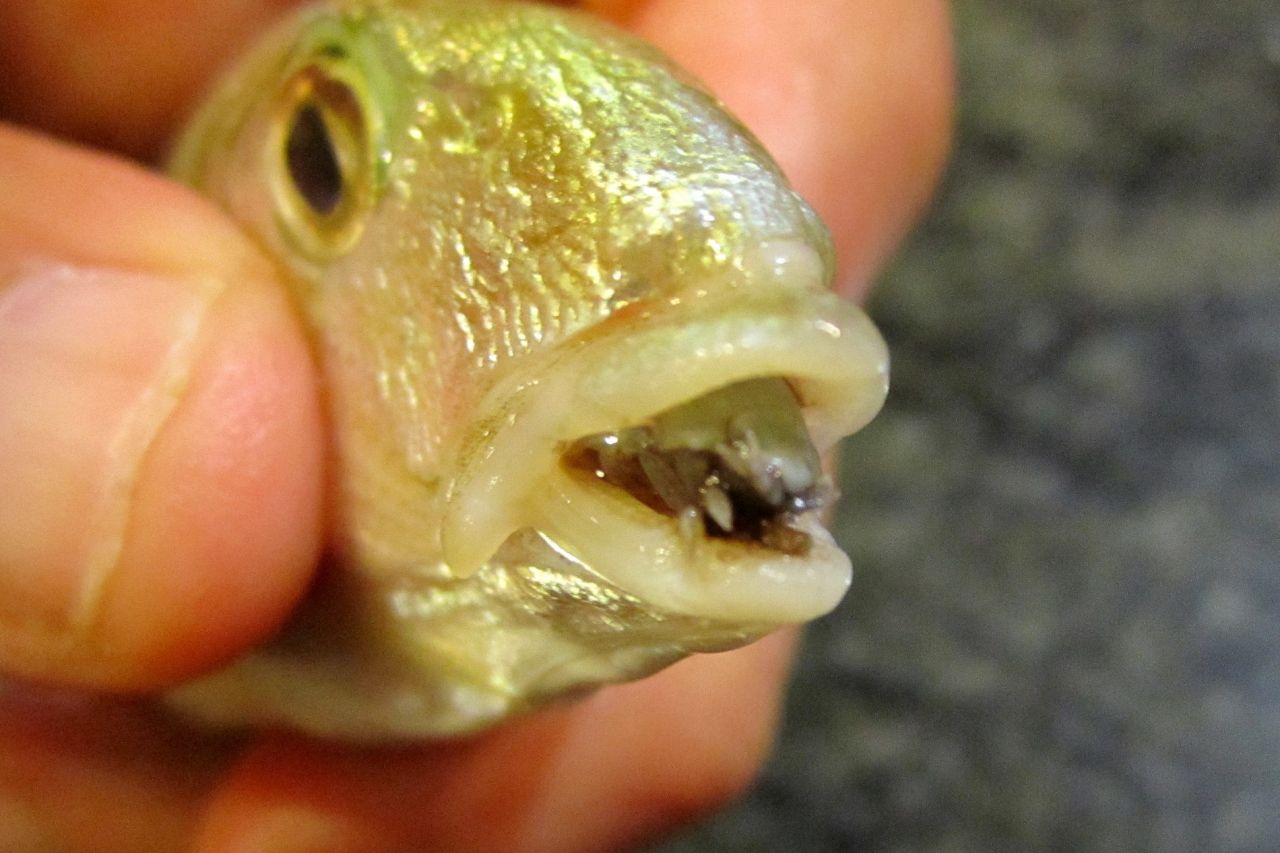
All things considered, home sweet home is perhaps not the same for everyone, but it certainly is what you make of it.
Ready for a quiz?
Simply answer seven quick questions about the blog you just read and join the Marine Masterminds leaderboard. Climb the leaderboard and you could win amazing prizes - Two Oceans Aquarium annual memberships, Penguin Experiences and day tickets are all up for grabs. Good luck!
We hope you've enjoyed this "social distancing" special. Stay home, stay safe, save lives. Be healthy everyone!

